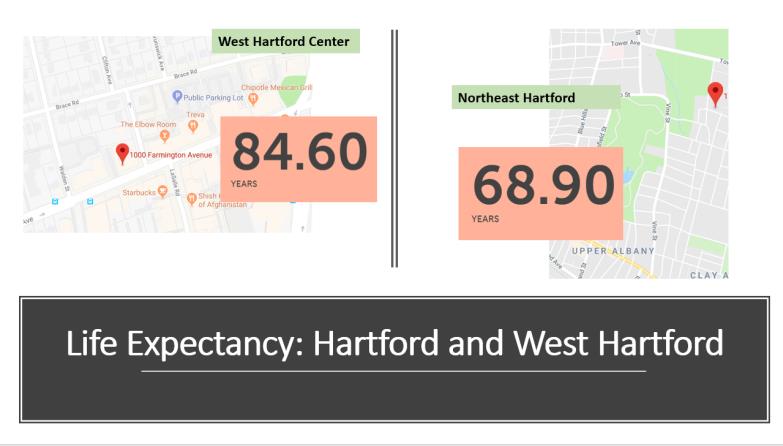Citizen Action Research by the CATF
Groundbreaking Insights, Community-Driven Change
CATF work is deeply rooted in data and community input. Citizen research, led by Dr. Kristen Cooksey Stowers, provides invaluable insights into the lived experiences of Hartford residents.
Published data initiative:
The Photovoice Report highlights personal stories and visual documentation from residents, shining a light on the challenges and opportunities within Hartford’s food system.
Key findings include:
-
- High rates of food insecurity in the North Hartford Promise Zone.
- Barriers to food access, including affordability and transportation challenges.
- Community-identified solutions, such as the need for a full-service grocery store and Healthy Hartford Hub.
Current data initiative:
We are currently recruiting residents of Clay Arsenal, Northeast, Upper Albany, Asylum Hill, Barry Square, Frog Hollow, or West Hartford with children two to five years old. Eligible guardians are invited to participate in this research study to talk about food store options in their neighborhoods.
This research drives our initiatives, from the Healthy Overlay District proposal to our advocacy for policy changes that center equity and inclusion.
Diabetes
Rates among group (census tract)
A resident in Hartford’s NHPZ is more than 4x as likely to suffer from diabetes as a resident in the city’s downtown neighborhood.
1 out of 2 black women in the NHPZ suffer from hypertension (high blood pressure), a rate nearly 50% higher than experienced by caucasian women statewide.
Hypertension
Rates among group (census tract)
Obesity
Rates among group (census tract)
Obesity significantly increases the likelihood of diabetes, high blood pressure, heart disease, and stroke. A Hartford resident living three blocks north of Dunkin’ Park stadium is 2x more likely to suffer from obesity than a resident living three blocks south.

North Hartford residents live, on average, nearly 16 years less than their West Hartford neighbors.
